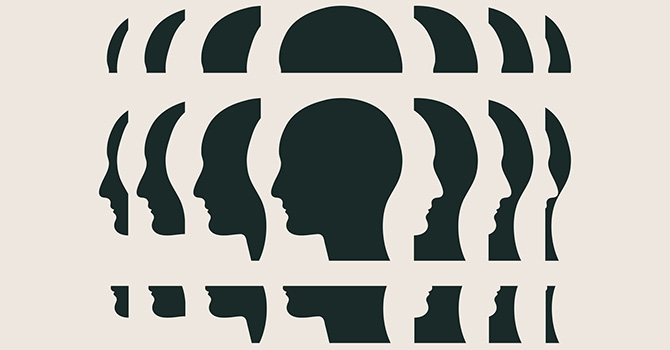Editor's note: This is the third in a series of posts about strategy. The first was about making choices, and the second was about articulating why you do what you do. The final post is about getting organized.
When serving congregations in rural North Carolina, the first conversation always included the question, “Where are you from?” The residents believed that their home community was a special place. They were listening for how I talked about my hometown. If I loved it, perhaps I could also love their home. If I was critical of or embarrassed by my hometown, my attitude might say more about me than the place.
Business theorist Roger Martin defines strategy as disciplined choices made in response to key questions. The first question is about why. What is the organization’s deep aspiration?
The second and third questions are where and how. In order to accomplish anything, the strategy needs to be directed to specific people in specific places. Those people and places should have some common hopes and needs that the strategy can address. The more generically the place is defined, the more faceless are the people and the weaker the strategy. My friends in rural Carolina would say that one needs to love the people and the place in order to be effective.
Choosing one place or people and not choosing another is a difficult decision that Martin argues most businesses never have the fortitude to make.
His strategy book is co-written by Proctor & Gamble CEO Roger Lafley, and it recounts how they decided which countries and which market segments on which to focus sales of soap, paper towels and such. When the church chooses places and people, there is much more at stake than product sales. We are offering a way of life. We can choose to serve the whole world but, if we do, Martin and Lafley argue that we will not be able to have an effective strategy. In fact, failing to choose a place may be a way of protecting ourselves from loving a specific group of people.
Choosing specific places and people is not to exclude others, but it is to deeply understand those we have chosen. Educational institutions need to understand the hopes and fears of students and those who pay the students’ bills. Hospitals must understand the illnesses of patients and the physicians who recommend admission. Congregations need to understand not just the members, but the communities from which those members come. Such deep understanding requires a focus on specific people with whom relationships can be nurtured over time.
IDEO’s Human-Centered Design process begins with “hear” -- using techniques to collect the stories of and inspiration from the people in the field. Deeply understanding people requires careful listening and observing the interactions. This sounds obvious, but it runs counter to the way we most frequently act. We often determine what people need based on our own ideas. We listen only for confirmation.
IDEO’s free design kit details seven different methods for deeply understanding a community. It challenges designers to deliberately open their mindset in order to see more completely and to listen more openly. Strategy does begin with an aspiration, but the next step is to back away from our idea and listen for the opportunities and needs of a specific group of people.
The “how” of strategy emerges at the intersection of aspirations, capacities in your organization and community, and opportunities and challenges in that community. The formulation of these strategies is called “create” in IDEO’s design process.
The first step in this phase is to make sense of what has been learned in the “hear” phase, including the identification of patterns. With a deep understanding of the place and people clearly in mind, opportunities and challenges are named and solutions are considered. Eventually prototypes or experiments are created.
Martin believes that most strategies fail because of inattention to the where and how of the strategy. The temptation is to spend the majority of our energy on articulating our aspirations in the form of vision and mission statements. In the process we are exhausted before coming to the hard choices involved in where and how.
What difference would it make for you to spend more time focused on where and how?






